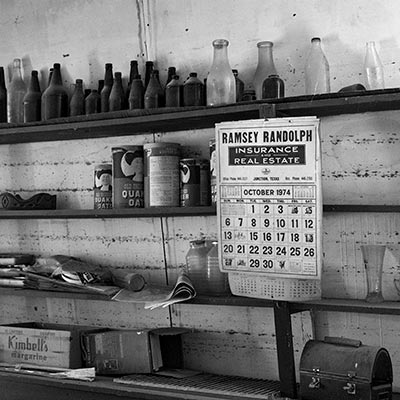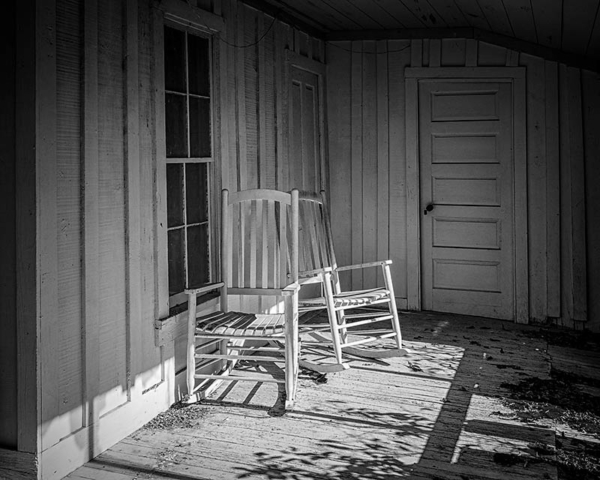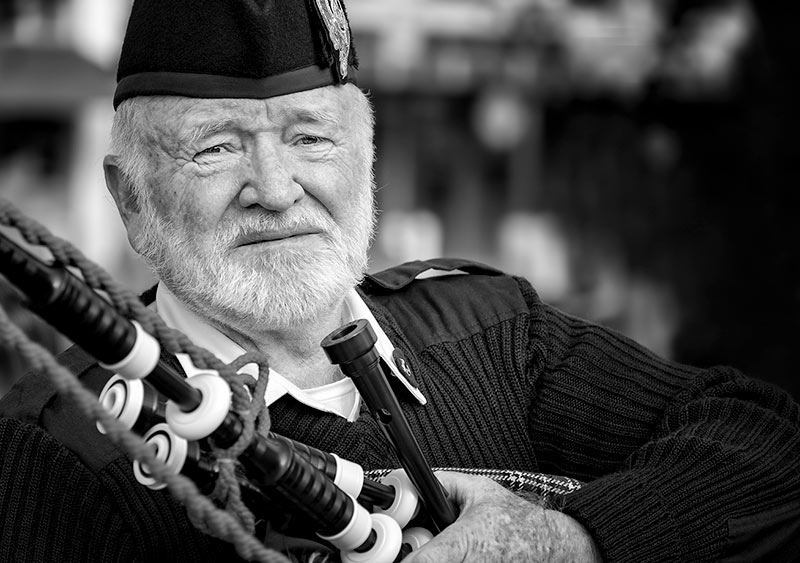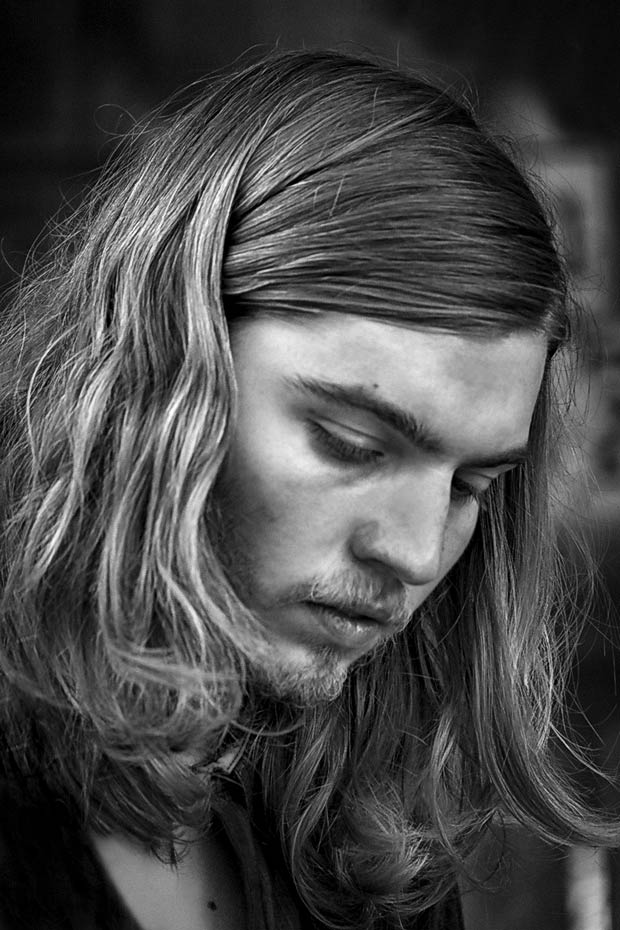As far as I can tell the store closed early autumn of 1974. At least that is when the calendar behind the glass front display cabinet stopped being turned forward. October 14th is scratched out. I imagine the owners must have felt time had come to an end in some way. Certainly their lives were changed forever. Even so, they continued living in the house and maintaining the property. Old habits a hard to break. Both the general store and residence survive more than forty years on.
I don’t know what happened to the people who lived in the house. There are no community residents left to ask about local history. It is clear they stayed on for some years. Long tended landscaping and a spacious screened porch survive in good order. Whatever happened they are gone now. The two rocking chairs remaining on the porch suggest comfortable habits and settled lives.

The Past and Future
The depopulation of rural America is well known. Small communities disappear as opportunities draw younger generations to cities. What is left are buildings that no longer serve the purpose for which they were built. These places are endlessly re-purposed to meet current needs but eventually they wear out and are abandoned.
A current fashion in photography is to document crumbling remains of buildings and infrastructure as a world in decline. I can’t see things in those terms. Instead when I visit old places I look for the signs of people who were builders and doers. Their stories are important to me.
Seeing the World
There are two constants in what I choose to photograph. First and foremost my interest is in the road less traveled. The places one cannot see when driving down the Interstate highway at eighty miles an hour. Second I’m interested in the people who live or once lived in small towns and rural surroundings. They are people who see the world in ways that are fundamentally different than average city dwellers. These two things are the reason I spend my time on the back roads of Texas with camera in hand.
My photographic interests are mostly drawn from the region where I live. That is not to say my images are always about the Southwest of the United States. I am a Westerner by birth and inclination but throughout my childhood and as an adult I rarely lived in one place for more than a few years before moving on. For me regional photography is about the place where I currently live. If you move around you learn to appreciate places for what they are or you have lots of unhappy time on your hands.



